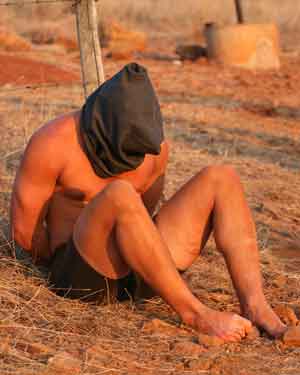
By Christina Spiesel
Most people find gruesome images compelling. This chapter argues that showing jurors images such as beheading or other atrocities add little relevant information, but creates disgust and anger, undermining the accused’s right to a fair trial.
That chapter, written by an artist working with lawyers, asks such questions as:
- What knowledge do courts need about the nature of vision and it’s perceptual and cognitive impacts on how people make sense of visual evidence?
- Are the real pictures offered as evidence in cases somehow different from the entertainments that many people consume?
- Are news photographs accorded particular credibility, making them harder to challenge as evidence?
- Do gruesome pictures by their nature narrow the viewer’s perception and affect sense making?
- What impact does the addition of words and explanation make at trial?
- Is there a way to use this material that is probative and not prejudicial?
This chapter is useful for:
- Students, teachers, researchers – in Law, Psychology and Communications
- Practitioners of law and criminal justice
- Forensic scientists and psychologists
- Police, national security officers and court officials
- Policymakers
- Journalists.
This chapter is in the book Juries, Science and Popular Culture in the Age of Terror
Buy the chapter